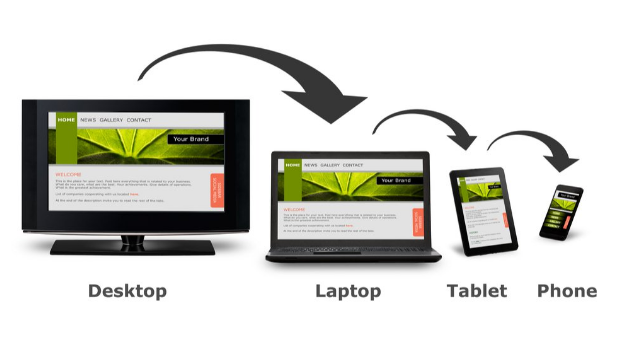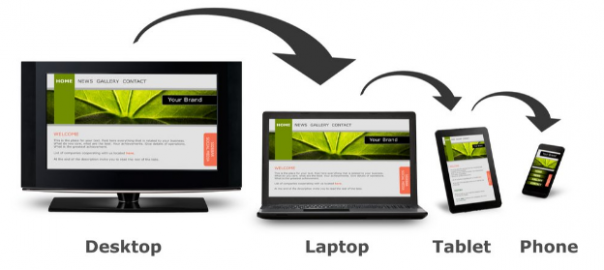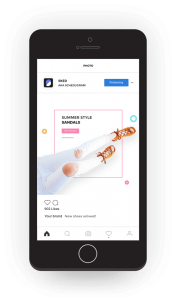— July 24, 2019
A learning management system (LMS) by it’s most basic definition is an online system used to teach students, staff, or consumers about a specific topic. When you get into the business side of things, LMS boils down to business owners offering their knowledge to consumers in a class-based format. The result is typically a certificate or proof of completion.
LMS websites have grown in popularity, primarily because more people are creating websites than ever before. People who have something to teach are using LMS sites as a way to get their lessons out to a broader audience and increase their profits at the same time.
We are going to take a look at what you need to keep in mind when you create your first LMS site. There’s a lot of different concepts at play, so we are going to break down each section and then look at the big picture.
Responsiveness is Key
The first thing you need to remember is there’s a good chance that your audience will use different devices to access your online courses. There’s going to be someone using your website from their home at the end of the day, while others will access your classes from their smartphone while they are on their lunch break.
If you want to maximize your revenue, you must build an LMS site that is responsive with desktops, laptops, smartphones, and tablets. The more options you have available, the better chance you’ll have at converting additional customers. Consider that in the first quarter of 2019 alone, almost half of all internet traffic came from mobile devices. It quickly becomes evident that responsive design is an integral part of creating an LMS.

Expand and Enhance the Experience
Expanding the experience you offer on your LMS site is vital to creating an experience where consumers are engaged with the knowledge you’re offering. How many times were you forced to take an online course, only to forget half of what was said as you submitted the final test? We would bet a majority of you have been in this situation, so let’s look at how you can expand and enhance the experience for your users.
First, you’re going to want to build a personalized experience for your audience. The goal isn’t to create individual lesson plans for every customer who signs up for your classes. Instead, you should try to create multiple versions of the same class targeted at specific users. For example. If you were offering a course on gardening, you would want to ask your audience if they wish to learn about flower or vegetable gardening. You can use this data to create similar tests, but with different focus points. The more you dive into your customer personas, the more options you’ll have for personalizing the experience.
It’s also vital that you add and revise lessons as you grow and learn. One year after creating a course, you’ll likely be equipped to modify and enhance your existing classes. Plus, you’ll have the opportunity to develop new courses based on the things you’ve learned. The hardest part about keeping an LMS site up and running is retaining customers. If you update and revise your classes, you’ll stand a much better chance of keeping your audience engaged in your lessons and brand.
Collect User Feedback
Finally, it’s essential that you collect user feedback before, during, and after the launch of your LMS website. The people who are willing to pay for your classes know what they want, and picking their brains for their needs and pain points can help you create better lessons.
It’s a good idea to track all user engagement stats on your forums and blog posts alongside your lessons. When you get a look at what your customers are reading and saying, it helps frame a picture that you can use to flesh out your lesson plan and discussions.
Additionally, you can get valuable audience insights by prompting your students to fill out a customer feedback form at the end of every class. The feedback will help you tweak your individual courses, while more general feedback will help you improve the overall design and UX of your customers.
Conclusion
There are many moving parts you have to consider when creating your first LMS website. You have to find a balance between valuable free blog content, educational paid courses, a thriving online community, and courses that are always improving.
As your website expands, you’ll encounter issues based on your niche and your customer base, but that’s part of the challenge. When you take the time to dive in and see what your customers expect from your online courses, this data becomes an excellent growth tool.
Business & Finance Articles on Business 2 Community
(62)







